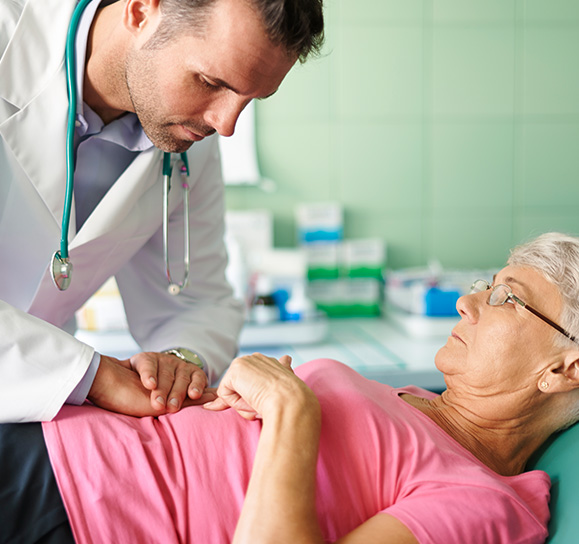Travel Abroad and the HSE will REFUND the cost of your surgery
Experiencing Digestive Issues?
Digestive problems such as chronic heartburn, stomach pain, or unexplained weight loss can significantly affect your quality of life. If you are experiencing these symptoms, an endoscopy can help diagnose and treat the underlying issues.
Understanding Endoscopy
Endoscopy is a minimally invasive procedure that allows doctors to view the inside of your digestive tract using a flexible tube with a camera. This procedure helps diagnose and sometimes treat conditions affecting the esophagus, stomach, and intestines.
Common Reasons for an Endoscopy:
- Persistent Heartburn or Acid Reflux: Investigating the cause of chronic acid reflux and potential damage to the esophagus.
- Unexplained Stomach Pain: Identifying ulcers, gastritis, or other stomach issues causing pain.
- Chronic Nausea and Vomiting: Determining the underlying cause of ongoing nausea and vomiting.
- Unexplained Weight Loss: Diagnosing potential digestive conditions leading to unintentional weight loss.
- Difficulty Swallowing: Investigating obstructions or abnormalities in the esophagus.

Our Solution: Endoscopy with Surgery Now
At Surgery Now, we provide advanced endoscopic procedures performed by expert gastroenterologists. Our comprehensive care ensures accurate diagnosis and effective treatment, helping you achieve better digestive health.
Why Choose Surgery Now for Your Endoscopy?
- Experienced Gastroenterologists: Our team consists of highly trained specialists with extensive experience in endoscopic procedures.
- Advanced Technology: We use the latest endoscopic equipment to ensure precise diagnosis and treatment.
- Comprehensive Care: From initial consultation to follow-up care, we provide complete support throughout your endoscopy journey.
Learn About Our Clients’ Experiences
Get your surgery done in 10 days from today!
Contact Us Today
Are you eligible for a refund from the HSE when you access Surgery Abroad?
Fill the form or contact us today by email or by phone and we will gladly assist you!